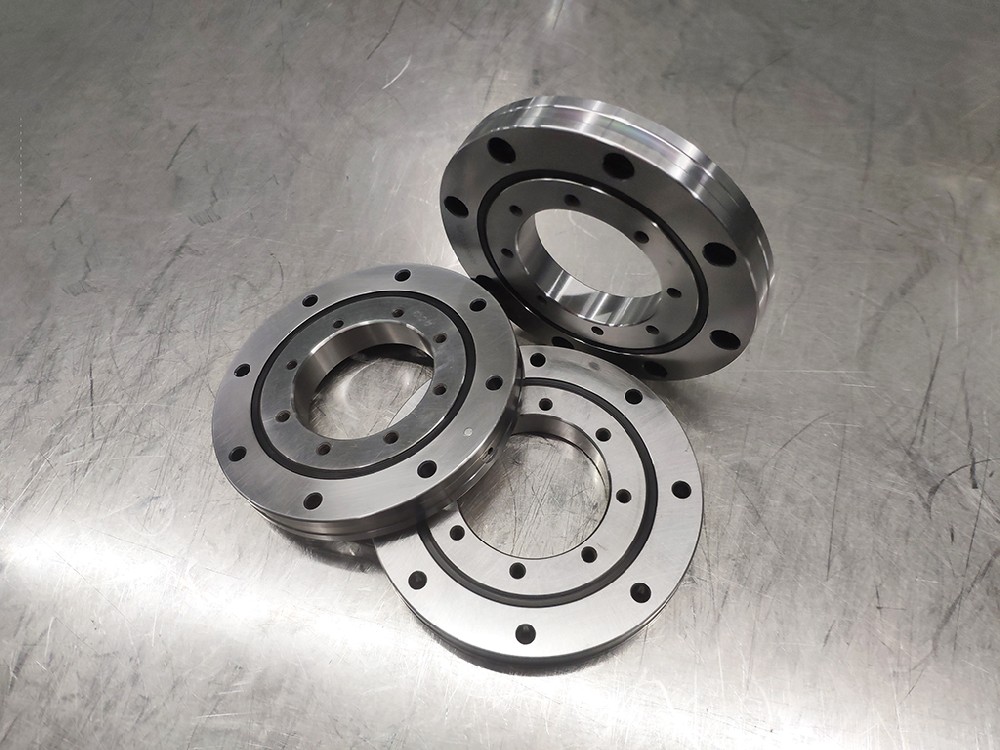Product FAQ
How to classify roller bearings?
1. Ferrules (inner and outer rings) or gaskets
The surface on which the rolling elements roll is called the "raceway surface", and this contact surface bears all the loads of the bearing.
Usually the inner ring fits with the shaft, while the outer ring fits with the housing.
In thrust bearings, we generally call the ring as "washer", the inner ring as "shaft ring", and the outer ring as "seat ring".
2. Rolling body
Rolling elements are divided into two categories: balls and rollers. According to the shape of the rollers, they are generally divided into: cylindrical rollers, needle rollers, tapered rollers and spherical rollers. Geometrically speaking, the contact between the rolling element and the raceway surface of the inner ring and the outer ring is a point contact if the rolling element is a ball, and a line contact if the rolling element is a roller. Theoretically, the rolling elements revolve while rolling along the raceway surface.
3. Cage
The cage does not directly bear the load, it is only used to keep the rolling elements in the correct position at a certain distance, and at the same time prevent the rolling elements from falling off when the bearing is installed. According to different production methods, the cages are classified into stamping type, car system and integrated cages.
4. Classification according to the type of rolling bearing structure
1. Bearings are divided into the following types according to the load direction they can bear or the nominal contact angle.
(1) Radial bearings: mainly used for rolling bearings that bear radial loads, and their nominal contact angles range from 0° to 45°. According to the different nominal contact angles, it is divided into: radial contact bearings: radial bearings with a nominal contact angle of 0°; radial angular contact bearings: radial bearings with a nominal contact angle greater than 0° to 45°.
(2) Thrust bearings: mainly used for rolling bearings bearing axial loads, and their nominal contact angles are greater than 45° to 90°. According to the different nominal contact angles, it is divided into: axial contact bearings: thrust bearings with a nominal contact angle of 90°; thrust angular contact bearings: thrust bearings with a nominal contact angle greater than 45° but less than 90°.
2. Bearings are divided into the following types according to whether they can be aligned during work.
(1) Self-aligning bearing: the raceway is spherical, which can adapt to the angular deviation and angular motion between the axis lines of the two raceways;
(2) Non-aligning bearing (rigid bearing): a bearing that can resist the angular deviation of the axis line between the raceways.
3. Bearings are divided into the following types according to the number of rows of rolling elements.
(1) Single row bearing: a bearing with one row of rolling elements;
(2) Double row bearing: a bearing with two rows of rolling elements;
(3) Multi-row bearings: bearings with more than two rows of rolling elements, such as three-row and four-row bearings.
4. Bearings are divided into the following types according to whether their parts can be separated.
(1) Separable bearings: bearings with separable parts;
(2) Non-separable bearings: After the final assembly of the bearings, the rings cannot be separated freely.

If any interest on high precision bearings, pls click
Categories
News
Contact Us
Contact: YRT Rotary Table Bearing|Crossed Roller Bearing|Luoyang Hongyuan Bearing 【HONB】
Phone: 13653797636
Tel: 400-037-9586
E-mail: lyhyzc7@gmail.com
Add: Chuangye road, Konggang Industrial cluster district,Luoyang city, Henan province, China